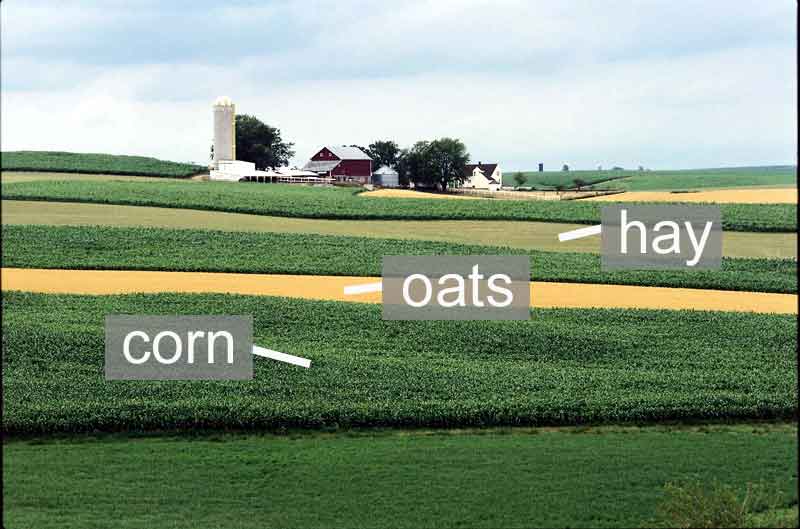Line segment-- has a beginning point and an ending point
When you connect points together, you create a line segment.
Points need to be named in order to know which points to connect.
Line segments are named according to the points.
Line segments can be names forwards or backwards.
Ray-- has a beginning point but no ending point
A ray keeps going through all the other points.
A ray is names by the beginning point and the point that it goes through.
A ray can only be named forwards.
Line--continues in both directions into infinity
A line can be named both forwards and backwards.
Parallel lines--lines that are side by side, but never touch
Parallel lines have the same slope (same distance apart).
An angle is formed when rays, lines, and line segments intersect.
3 Kinds of Angles:
Right Angles
(square angle or 90 degree angle)
Obtuse Angle
(more than 90 degrees)
Acute Angle
(less than 90 degrees)
Lines are perpendicular if they intersect at exactly 90 degrees.





















